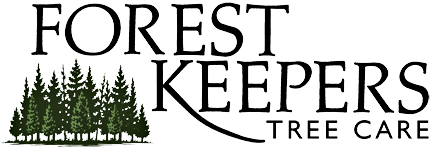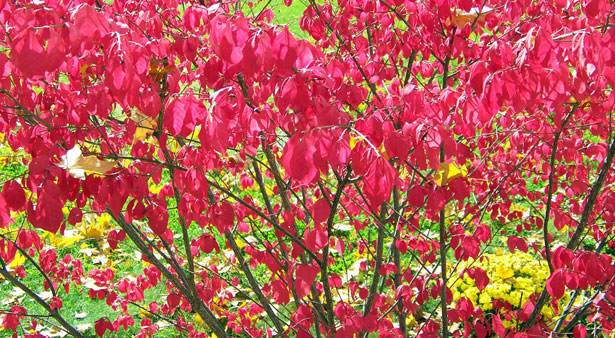Many gardeners and growing have, no doubt heard about non- native, invasive plant species by now. At least I hope this is so, and I hope and that we can make many others aware of this “growing” problem.

Okay, so in short the problem is this: invasive plants are quite hardy and can out compete other plant species in a particular area. As the invasive plants spread and take more ground, the other, native plants are killed off and are pushed out of their niche. This becomes a larger problem since, as native trees, shrubs and plants are pushed out , locally suited insects and wildlife that have developed along side of them begin to loose the habitat and food sources that they need. Eventually this works it’s way up the local food chains and creates problems on a larger scale. Invasive plants can be brought into an area much by accident or may even have been planted right in your yard. Not all invasive plants are “weeds.”

Some invasives have been commercially grown and sold before they were recognized for the problem that they are.Burning Bush Euonymous alatus, Norway Maple Acer platanoides, and Japanese Barberry Berberis thunbergii are just a few examples of this.
Here are some good resources for identifying non- native, invasive species:
USDA Invasive Plant Field Guide
Invasive & Poisonous Plant Guide
Planting Native Species That Build Up Local Habitats
Diverse, healthy populations of wildlife actually help to create healthy growing conditions. Pests and diseases are less of a problem in an environment that is well established with a full spectrum of plants, insects and animals. We could go a long way in helping to build up habitats for local wildlife in our gardening by doing just a few simple things!
-Less lawn! this is a big one. I’m not saying that we need to completely eliminate turf from our landscaping, but we could certainly cut the amount of fertilizing, watering, spraying, fuel emissions, noise pollution, etc. by cutting back the amount of our prized green carpet even just a little bit. Not to mention that acres and acres of sterile, artificially green monoculture do very little towards building up bio-diversity. Incidentally, did you know that 92% of our suburban areas is lawn and 600 square miles of lawn is added in this country every year. I think we can afford a bit less than that.

Consider the native plant community that naturally grows in your location. Look around in the fields and forest in your town. Take note of what grows where nobody has planted. You may find a nice variety of very beautiful plant choices that are going to require a lot less fussing over. At the same time you will start to get a sense of what type of plants want
to grow where you are. Nothing like being happy where you are. Further more, it only makes sense that local wildlife feeds on local plant material. The more native species that we plant the more we build the food chain.
Remove invasive plants from your yard. With 30% of the plants in our natural areas being invasive plants, and with over 3400 species of invasive plants in this country, I know that this is a big task to think about tackling. But all the more reason for us to do the little bit that we can in each place that we plant. It doesn’t make sense to plant anything if it is just going to be swallowed up and lost in a sea of bittersweet or knotweed in a few years.
One good native plant resource:




